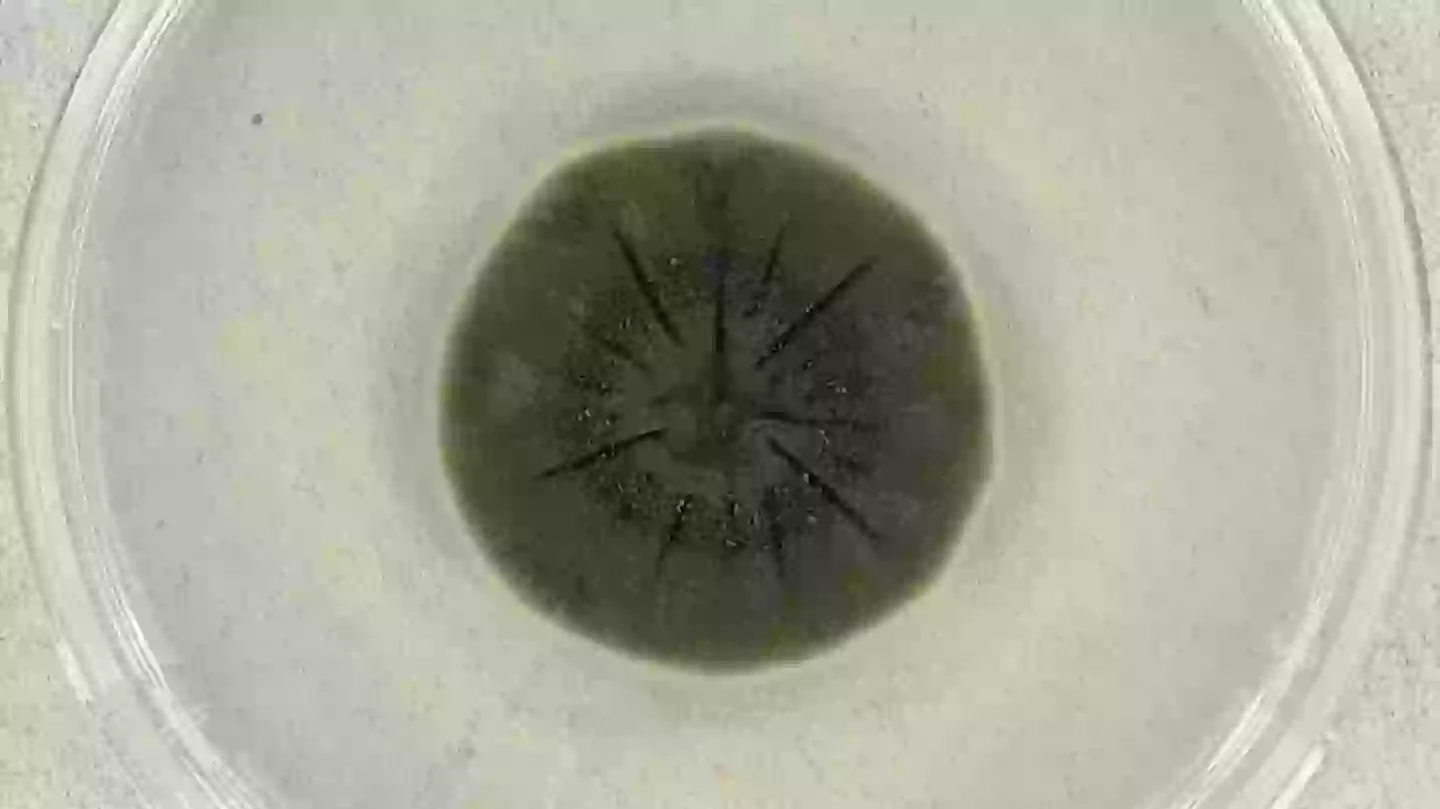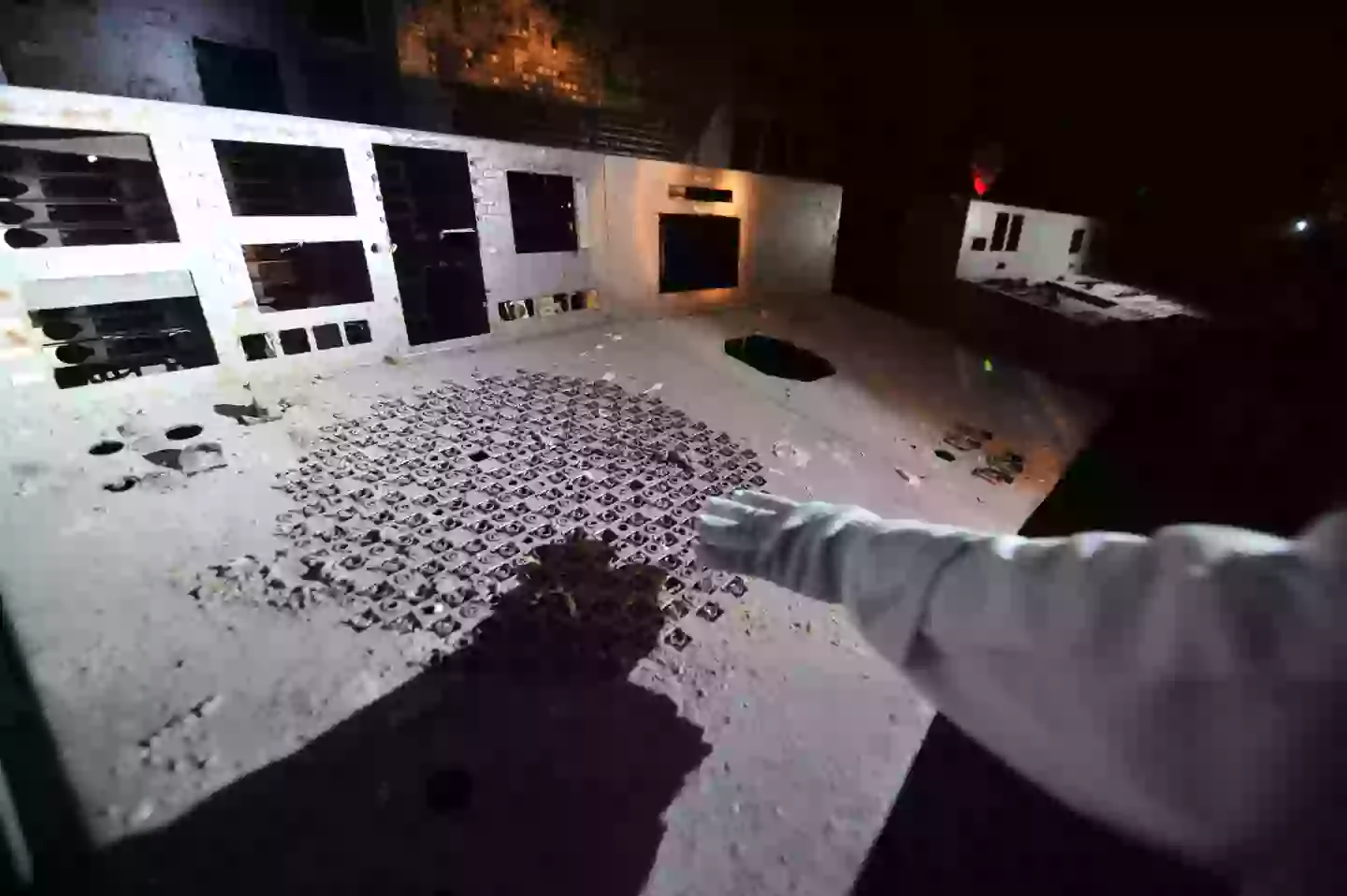
Topics: Science, World News, Chernobyl, Environment, Health, Space

Topics: Science, World News, Chernobyl, Environment, Health, Space
When reactor number four in Chernobyl exploded, it triggered the worst nuclear disaster in history, one which the surrounding area still has not yet recovered from.
After the disaster at the Ukrainian nuclear power plant, scientists working in the ruined remains of reactor four discovered a strange black mould that was growing over the building walls despite the dangerous levels of radiation around it.
Indeed, the radiation actually didn't seem to be doing much damage to this fungus and it appeared to be growing in environments where no human would be expected to survive.
Indeed, the Royal Society of Biology reckons this friendly fungus is 'eating gamma radiation for breakfast', which is a pretty darn cool thing for it to do, after scientists realised that the fungus appeared to be actively seeking out areas with higher radiation.

Advert
Its official fancy name is 'Cladosporium sphaerospermum', which is a more scientific way of referring to the fungus than calling it the black stuff growing on the walls in Chernobyl.
The fungus had been seen and examined a whole century before Chernobyl, but it's something plenty of people would have stayed away from - although it could actually be pretty useful.
Whatever it might be used for, it's undeniable that after the Chernobyl disaster this fungus found itself in an environment where it could not just survive but also thrive.

Advert
Here's the science-y bit, this black fungus in Chernobyl is part of a family of 'radiotrophic fungi' which can feed of ionising radiation, which is quite neat.
A study into the matter found that these fungi could basically eat radiation and use it to keep doing what they're doing.
It's somewhat like photosynthesis where plants take in sunlight to fuel their metabolic process, only this time the sunlight is ionising radiation.
It's known as radiosynthesis, and there's plenty of radiation to gobble up in Chernobyl.
As for why this all works it seems to be thanks to melanin, that pigment which gives us our skin and eye colours.
Advert
The Cladosporium sphaerospermum has a dark shell made of layers of melanin and this takes the energy from the radiation and uses it to grow the fungus.

While the idea of a strange black fungus that consumes radiation sounds like the starting point of a particularly sinister film where we get attacked by whatever mutated monster comes out of the fungus, this thing actually seems to be quite a help.
If this fungus can eat radiation then it could be a handy tool in areas affected by the ionising poison, though we shouldn't expect it to gobble up a nuclear disaster's worth of radiation.
Advert
According to Forbes, some of the fungus has been sent into space for tests aboard the International Space Station in an attempt to work out whether it could help protect astronauts from cosmic radiation.
Even if it can't undo the damage at Chernobyl, there could be some great uses for it.